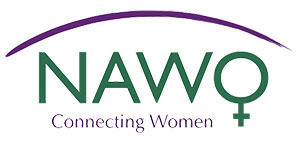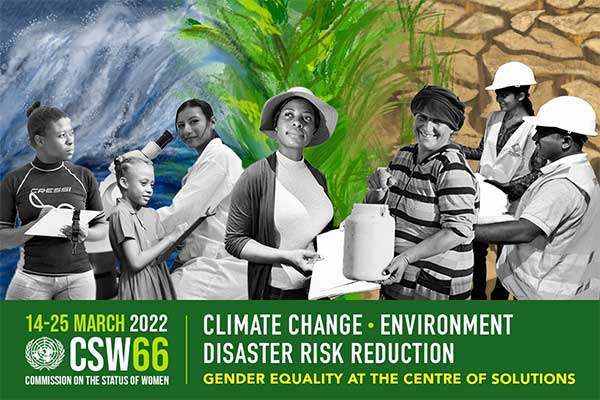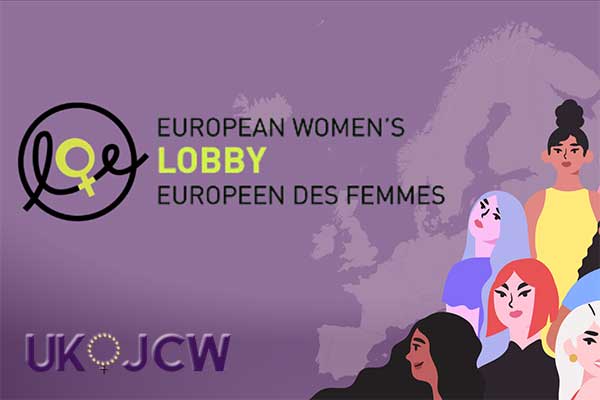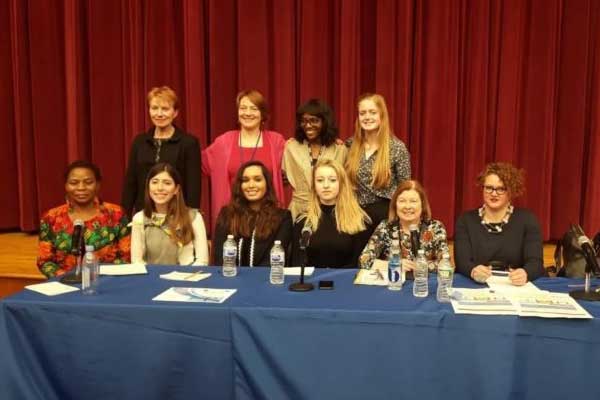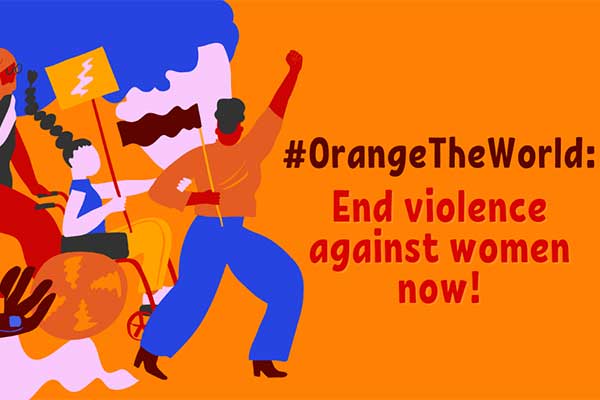
In Focus: Is there a need for a Convention for the Elimination of Violence Against Women and Girls?
As we gathered in a circle pulling up chairs and keenly opening note-pads it became evident that there was considerable interest in a potential Convention for the Elimination of Violence Against Women and Girls.
Jackie Jones chiefly chaired the group and stimulated debate, while Sameem Ali provided back up and additional comment.
The discussion took place in a break-out session at the UK NGO CSW57 Liaison Group on January 23rd 2013, hosted by NAWO and the European Parliamentary Office in London.
Our attention was drawn by Jackie to sentiments expressed by Rashida Manjoo, the UN Special Rapporteur on violence against women, in November 2012. According to the UN Women website Rashida unequivocally called for an international convention stating: ‘ “How do I hold States accountable if there is no specific legally binding instrument on violence against women? […] It is time to adopt a comprehensive international convention on violence against women at the UN level” ’ . A UN Convention was inferred as the next logical step after Rashida: ‘cited the good practices that exist in two regional human rights systems […] namely the Council of Europe’s Convention on preventing and combating violence against women and domestic violence, and the Inter-American Convention on the prevention, punishment and eradication of violence against women’.
That such regional practices exist raises an important point, one mentioned by various members of our assembled cluster, do other Conventions or legislative documents cover the necessary statements required for the elimination of violence against women? Though interested parties congregated cited several that touched on elements of the elimination of violence against women and girls – United Nations Convention on the Rights of the Child (UNCRC), The Convention on the Elimination of all forms of Discrimination Against Women (CEDAW, UN Convention)- it was felt that these did not provide a compelling and comprehensive legislative solution to this issue. In relation to CEDAW, entries on the elimination of violence against women were noted as general recommendations and did not require specific ratification by state parties to the agreement. Thus did the group proffer that a new Convention was required or CEDAW needed to be strengthened to bolster its effectiveness in this area.
Additionally Marai Larasi asserted the importance of recognising the girl child in legislation, frequently the girl child is undervalued and regarded as a burden. The girl child is not protected sufficiently across states and internationally in judicial expression. This interjection further inspired a general consensus amongst the group that adapting existing legislation or acknowledging the girl child through modern legislation was extremely desirable.
Concern was voiced that a Convention be understood as one route to eradicating violence against women and children. Exploration of alternatives was seen as strongly necessary before committing to a convention, an integrated approach appearing to hold the most promise. This stipulated that the Convention be understood as a practical instrument, and demonstrated as such to state players and individuals therein to increase the impetus to apply its principles. Substitute ideas revolved around strengthening services that worked to remove practices of violence against women and girls, increasing funding and awareness of this distressing issue, and educating children about violence against women and girls in a preventative capacity.
In this vein it was tentatively extended that encouraging uptake of a Convention on the Elimination of Violence Against Women and Girls could be problematic. Was it realistic to expect that state bodies would be receptive to further legislation and the potential demands of extensive reportage on progress? Would States be sufficiently intimidated by suggestions of accountability and respond accordingly? It was difficult to reach any definitive conclusions on this point, though a need to survey the field was floated. Also exploration was required to uncover the Country that may be willing to sponsor the Convention in order to push it through the UN General Assembly. The environment into which the legislation was emerging was seen as negative with ‘human rights a dirty word’, though Jackie was optimistic that the cyclical nature of political preference would potentially return the field to being favourable.
It was in this spirit of optimism and with the aspiration to halt the current regression of women’s rights that the group concluded. Salient closing remarks from Jackie assured the gathered that: ‘good momentum’ was gathering around this issue, and that we should forge ahead with the uplifting sentiment that we’ve: ‘got to start somewhere, why not here, why not now?’ This was a outlook echoed by Rashida Manjoo who reminded that: ‘ “Countries have an opportunity to come together to reaffirm existing commitments and take decisive global action to eliminate violence against women and girls at the upcoming Commission on the Status of Women” ’ . A Convention on the Elimination of Violence Against Women and Girls was viewed as an excellent negotiation tool at a minimum and a blue-print for change at the optimum end of the spectrum. What emerges from CSW57 -UN Headquarters New York, 4th-15th March 2013- could be vital in setting the tone on eradication of violence against women and girls for years to come, let’s hope the Agreed Conclusions reflect this importance.
Post Script: Further discussion and debate of a potential Convention on the Elimination of Violence Against Women and Girls encouraged by Jackie Jones, meetings can be arranged by contacting Jackie at: Jackie.Jones@uwe.ac.uk
Rosie Fox
